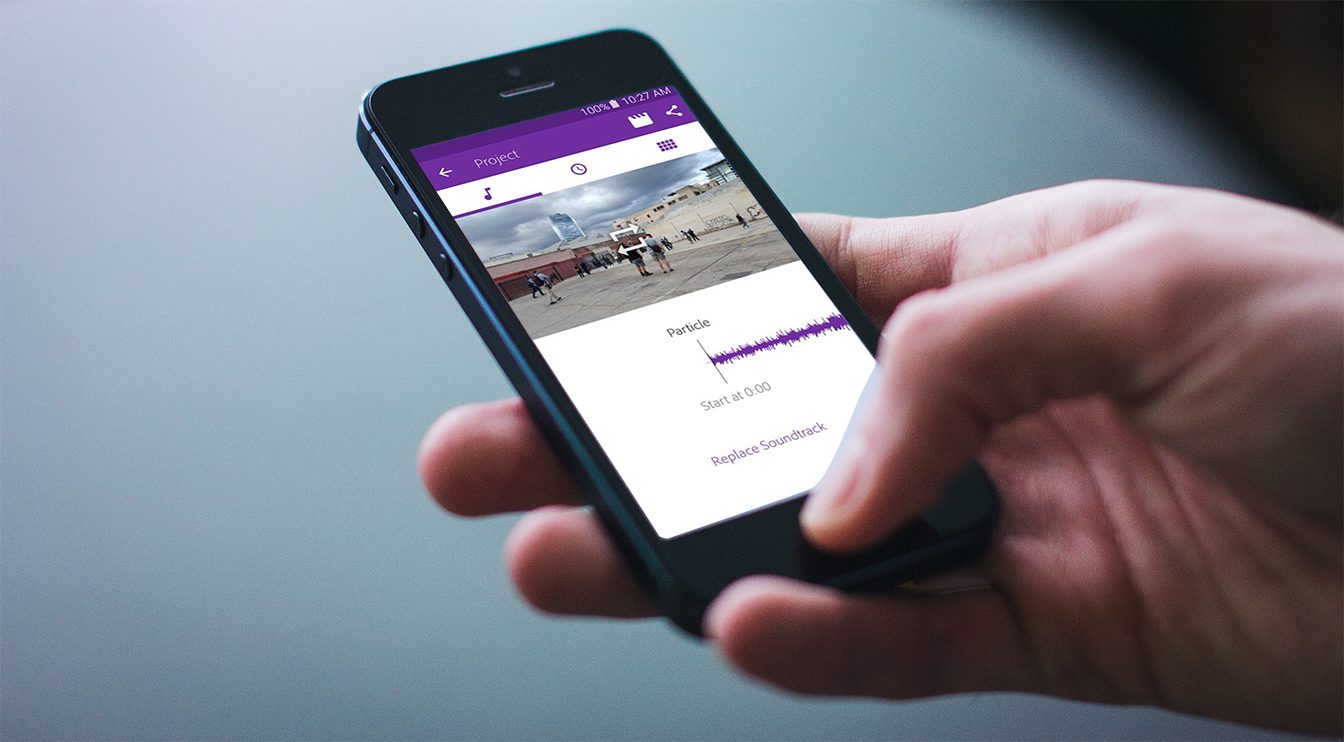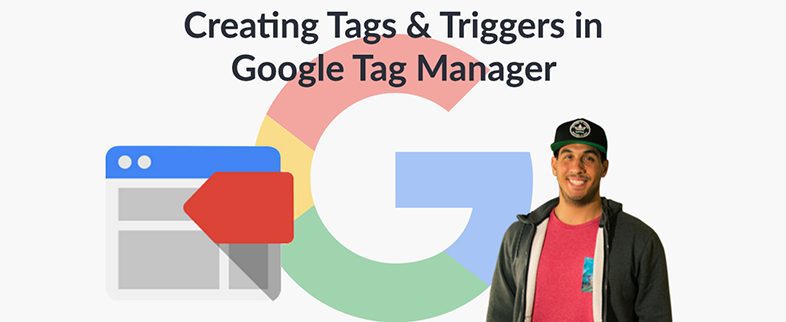Rand Fishkin is the CEO of SEOmoz, and is certainly one of the most respected and well-versed experts in the search engine optimization industry, and so we wanted to ask him a few questions as it relates to small businesses and what they can do to get a competitive edge without spending a fortune on consultants. Special thanks to Rand for taking the time to talk with us while he tours the globe right now, and works on their new software package.
Romy Misra (Pear Analytics): Most SMB’s I talk to feel overwhelmed by the top positions in Google. Even when the product is remarkable, ranking well in Google can be very difficult when you don’t have the resources to focus on traditional SEO.In such a scenario, how important is it for them to use their time and money to learn and focus on SEO? Why?
Rand Fishkin: Business owners have a constant struggle to choose the activities that will earn the highest ROI for their business. I certainly wouldn’t claim that
Overall, the power of SEO can transform businesses, and we’ve seen it numerous times. A long time ago, we worked with a tiny, family-owned shoe store in upstate New York. We helped their business get on the web and into the search engines and they went from 3 orders online each day to 40. SEOmoz isn’t in the consulting business any longer, but we know dozens of consultants and agencies (and in-house SEO specialists) who’ve done similar things for their clients. There’s a tremendous amount of traffic flowing to Google (and Bing) each day. $14 billion+ was spent on the paid search ads last year, but they account for only ~10% of all clicks in the search results. The other 90% goes to organic listings, and SEO is how you get listed and improve your rankings (and you never need to pay per click).
Romy Misra (Pear Analytics): Wow! I’m sure the small businesses would love to hear that they don’t really need to pay for clicks if they utilize SEO the proper way. What are ways small businesses can innovate in the SEO space? Can you share any examples of SMB’s who have?
Rand Fishkin: Being creative on the web means attracting attention, links, users and sharing activities (tweets from Twitter or links from Facebook status updates or even emails between friends). When you attract attention in these ways, the search engines stand up and take notice. The “best” products and content don’t always win – instead it’s about those sites and companies that can attract the most sharing activity among the web’s social users (people who blog, tweet, participate in online forums, run web sites, write articles, create links, etc).
In terms of small business examples, Danny Dover from SEOmoz has written a number of pieces on the topic, and the most relevant/best of these is likely http://www.seomoz.org/blog/the-beginners-checklist-for-small-business-seo
Romy Misra (Pear Analytics): Good point about attracting attention in different ways. But it’s still surprising to us the number of small businesses who have yet to embrace social media, and have a presence on Twitter, Facebook and others social networks. With the prevalence of social media in search results, and the new profile review feature for Twitter launching this week, what kind of limitations, if any, will these small businesses face?
Rand Fishkin: A big danger is that someone else registers those profiles first. It can take months or even years to wrestle away your brand name on Twitter/Facebook/Flickr/etc. from someone who’s registered it in bad faith. And if the registrant is actually a competing business with a similar name, that can be even worse (as there may be no legal or procedural way to recapture it). Using a service like www.knowem.com to find your brand across the social sites and taking action early is a very important step.
Romy Misra (Pear Analytics): We see a lot of businesses redesigning their sites these days, but they seem to be allocating all of their budget for design and development, and leave nothing for doing any activities that drive traffic. If the average redesign cost for these businesses is $10,000 or less, what budget would you allocate to search?
Rand Fishkin: That’s a very tough question, because the answer is never going to be cut and dry. Rather than suggest that a business reserve some portion for adding on social media marketing or SEO to the end of a development cycle (which is a terrible idea as it can be much harder than building it into the initial project scope), I’d say that finding contractors or consultants who are traffic driving and conversion driving specialists to help design and run the redesign project is a much better idea.
Having a gorgeous website that you’re proud of isn’t a terrible goal, but it can be a terrible business move. Earning customers and making money is hard enough – don’t let your pride or sense of vanity make it worse. Choose an expert who will focus on getting you traffic to a site that will convert that traffic into new business. That should be your first priority, and if looks need to come second, at least you’ll have a profitable business with which to fund it.
Romy Misra (Pear Analytics): What are 3 simple SEO tactics a small business owner can do themselves to improve their ability to be found in search engines?
Rand Fishkin: I wrote a post (and did a video) a while back called http://www.seomoz.org/blog/whiteboard-friday-the-seo-fundamentals-pyramid. I’d suggest starting there. You want to make sure all your pages and content are accessible to search engines (note that flash intros are often an inhibitor to this goal). From there, you should do some keyword research to determine what your potential customers/visitors are searching for and including them in your site’s targeted pages. Finally, add link building and social media marketing to the mix to help earn the references and sharing activities that will lead to the search engines recognizing the value and popularity of your work.















